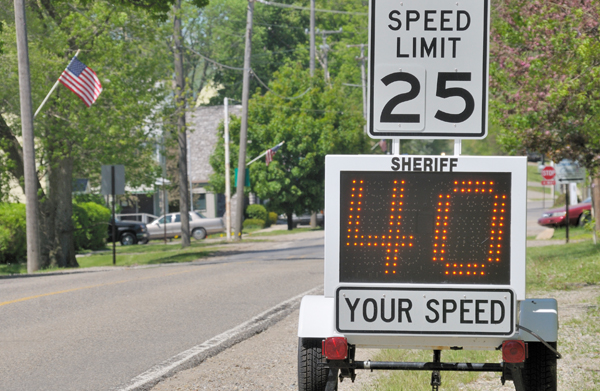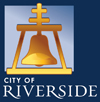The city strives to improve the livability of neighborhoods by controlling the impacts of outside traffic influences on residential streets. Working in partnership with residents, the city aims to enhance safety in neighborhoods by determining and implementing the most appropriate traffic calming measures. This process involves a comprehensive evaluation of entire neighborhoods to assess the situation, determine the right solution and ensure traffic problems are not moved from one street onto another.
Impacts to public safety are of the utmost concern and will serve as a primary factor in the application of traffic calming measures and traffic control devices.

How it Works
Requests are reviewed and evaluated, and data is collected. An analysis is conducted within 30 days of receipt of a request and an Initial Options (see below) category item is implemented. If the solution is not effective in resolving neighborhood traffic concerns, an additional traffic calming tool from the Initial or Secondary Options may be considered.
Factors such as road width, alignment, and configuration may prevent the use of Secondary Solutions. Additionally, some of the solutions within this category may require consensus by a majority of neighborhood residents.
Local Street |
|
| (40’ width residential, 2 lane, <2,000 volume, 25 mph max. speed limit) | |
| Initial Options | Secondary Options |
|
|
Collector Street |
|
| (44-64’ width, 2-4 lanes, >2,000 volume, 25-40 mph speed limit) | |
| Initial Options | Secondary Options |
|
|
Arterial Street |
|
| (64-120’ width, 4-6 lanes, >5,000 volume, 40+ mph speed limit) | |
| Initial Options | Secondary Options |
|
|

